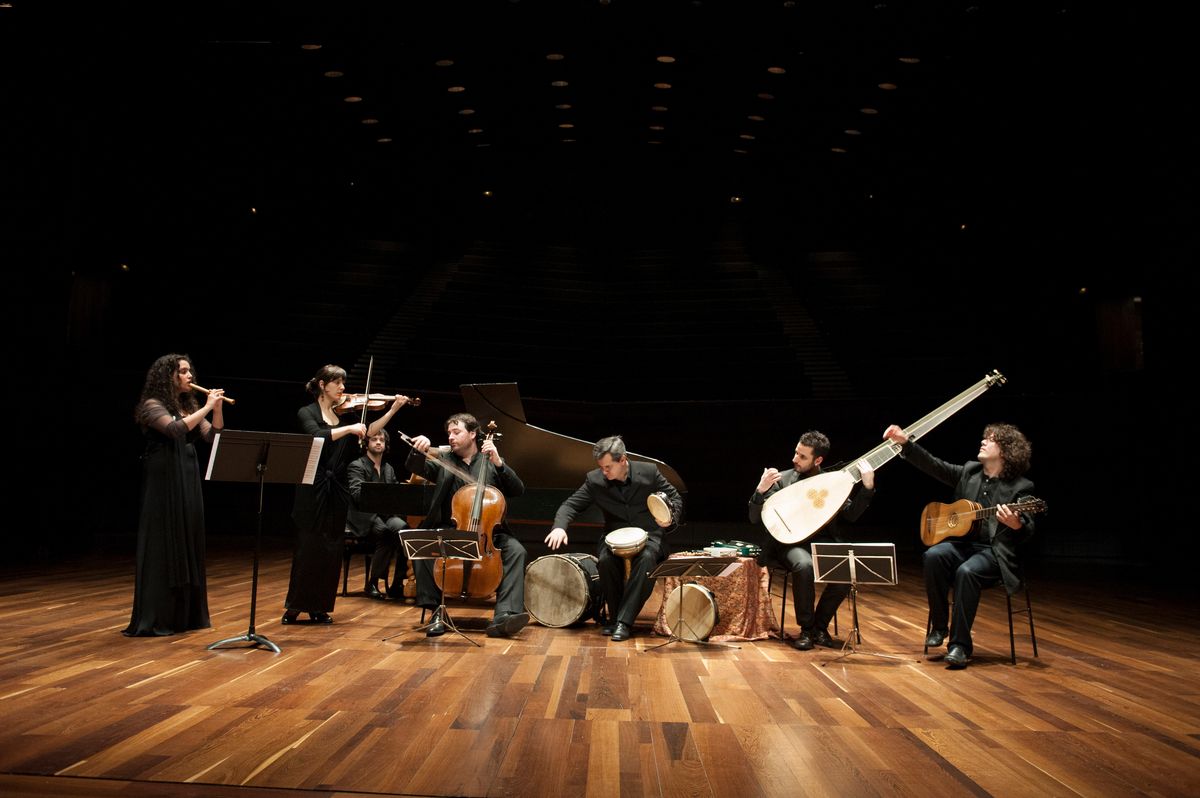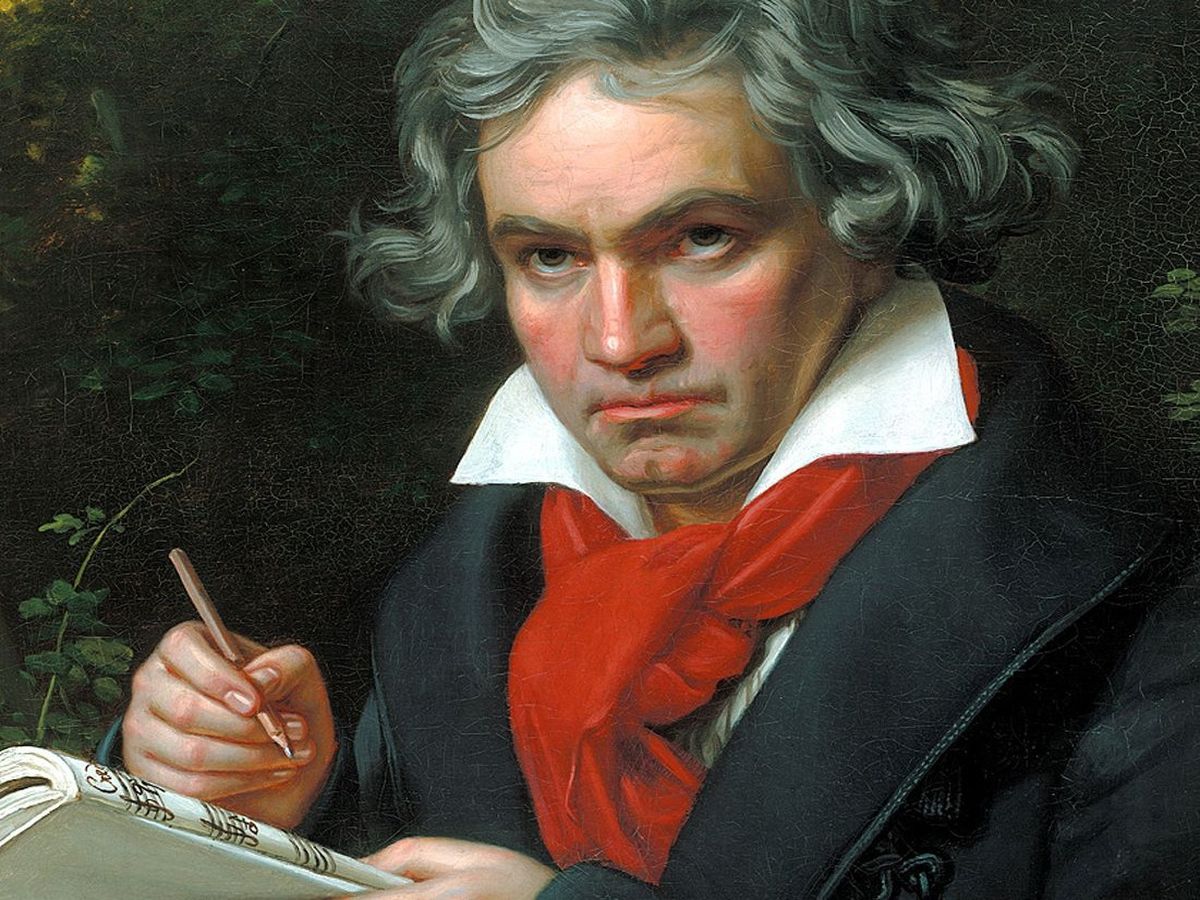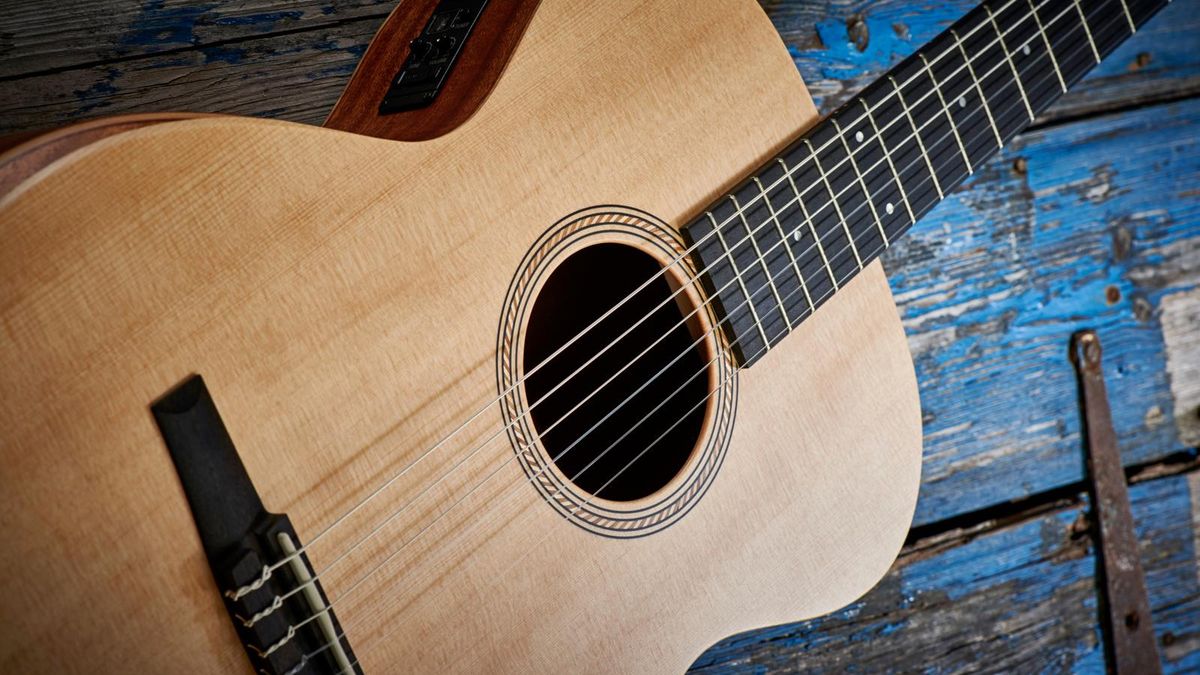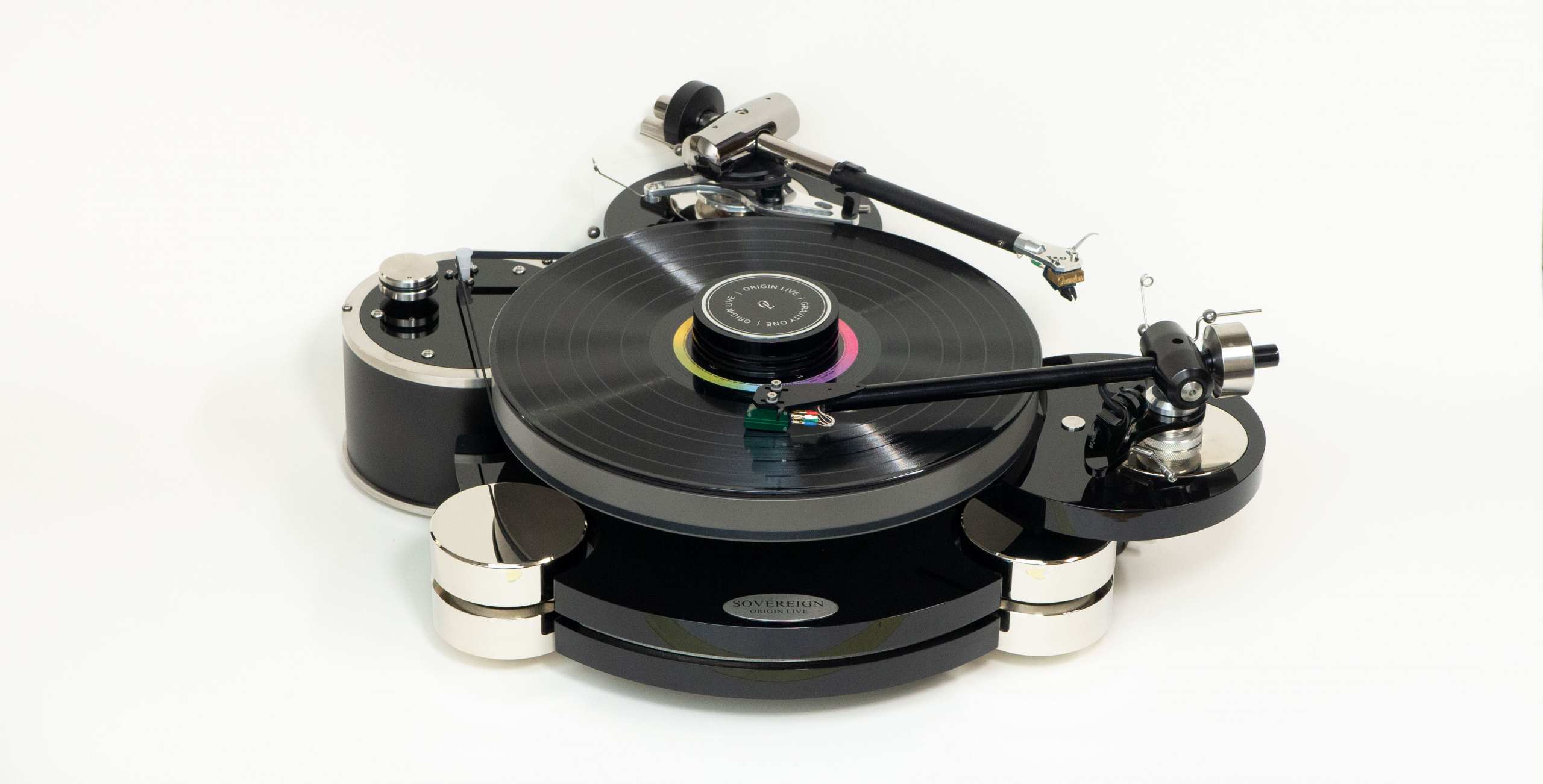Home>Genres>Classical>Which Of These Best Describes The Classical Period Of Music?
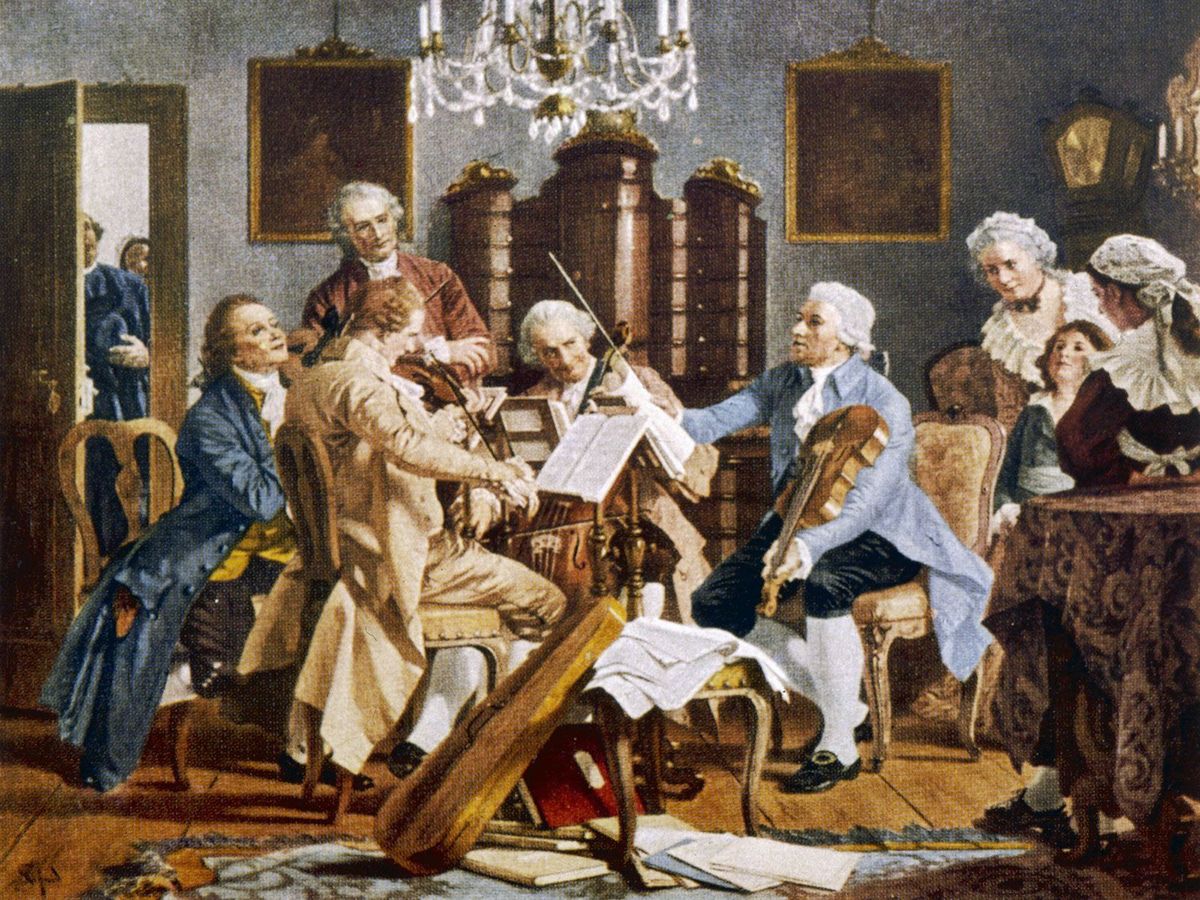

Classical
Which Of These Best Describes The Classical Period Of Music?
Modified: January 29, 2024
Discover the essence of the Classical period of music and its defining characteristics, including elegance, balance, and emotional restraint.
(Many of the links in this article redirect to a specific reviewed product. Your purchase of these products through affiliate links helps to generate commission for AudioLover.com, at no extra cost. Learn more)
Table of Contents
Introduction
The Classical Period of music, which spanned roughly from the mid-18th century to the early 19th century, is hailed as a golden age of composition. It was a time when composers elevated music to new heights, creating timeless works that continue to captivate audiences to this day. The Classical Period marked a significant shift from the grandeur of the Baroque era, focusing on clarity, balance, and restraint in musical expression.
During this period, music became more accessible and refined, moving away from the ornate and complex compositions of the Baroque era. The Classical style emphasized simplicity, elegance, and a clear structure, making it more pleasing to the ear and easier for the general public to appreciate. Composers of the time strived for a sense of balance and proportion, employing precise forms and techniques to create musical masterpieces that demonstrated both technical skill and emotional depth.
The Classical Period was also characterized by a shift in the social context of music. It was a time when music transitioned from being primarily reserved for the church and the aristocracy to reaching a wider audience. Public concerts became more prevalent, and music became an integral part of social gatherings and public events. The rise of the middle class and the increasing demand for entertainment fueled the growth of the music industry, providing composers with more opportunities to showcase their talent and connect with a broader audience.
In this article, we will explore the defining characteristics of the Classical Period, highlight some of the most notable composers of the era, delve into the various forms and styles of classical music, discuss the instruments commonly used during this time, and examine the lasting influence and impact of the Classical Period on the world of music.
Characteristics of the Classical Period
The Classical Period of music is characterized by several key attributes that distinguished it from both the preceding Baroque era and the subsequent Romantic era. These characteristics include:
- Clarity and Symmetry: The music of the Classical Period emphasizes clarity and balanced proportions. Composers embraced a more straightforward and organized compositional style, using simple melodies, clear harmonies, and distinct phrases.
- Emphasis on Form: Structure and form played a crucial role in Classical music. Composers adhered to popular forms such as sonatas, symphonies, concertos, and string quartets. They used consistent patterns of repetition, variation, and development to create cohesive compositions.
- Melodic and Rhythmic Precision: Classical melodies are characterized by their elegance, simplicity, and memorable nature. They often follow symmetrical patterns and exhibit balanced phrases. Rhythmically, Classical music features clear and regular meter.
- Contrast and Dynamics: The Classical Period introduced a greater range of dynamics into music. Composers utilized contrasts between loud and soft passages to create tension and release. They employed crescendos and diminuendos to add expressive depth to their compositions.
- Homophonic Texture: Unlike the polyphonic texture of the Baroque period, Classical music primarily focuses on a homophonic texture. This means that one melody line stands out above the accompanying harmonies, allowing for greater clarity and emphasis on the main musical message.
- Use of Major and Minor Keys: While both major and minor keys were utilized during the Classical Period, major keys were more prevalent and associated with brighter, happier moods. Minor keys were often used to evoke melancholy or emotional depth.
- Balanced and Orchestral Texture: The Classical Period witnessed a rise in the popularity of orchestral music. Composers carefully balanced the various sections of the orchestra, allowing for each instrument to shine individually while contributing to a cohesive and harmonious whole.
These characteristics combined to create a musical style that was refined, elegant, and highly enjoyable to listen to. The Classical Period marked a significant turning point in the development of Western classical music, setting the stage for the innovations and expressions that would emerge in subsequent eras.
Important Composers of the Classical Period
The Classical Period gave birth to some of the most renowned and influential composers in music history. These composers not only contributed significantly to the development of the Classical style but also left a lasting impact on generations of musicians. Here are some of the most important composers of the Classical Period:
- Wolfgang Amadeus Mozart (1756-1791): Mozart is widely regarded as one of the greatest composers of all time. His prodigious talent was evident from a young age, composing symphonies, operas, concertos, and chamber music that showcased his unparalleled musical genius. Mozart’s works, such as his Symphony No. 40 and Piano Concerto No. 21, are known for their melodic beauty, structural perfection, and emotional depth.
- Ludwig van Beethoven (1770-1827): Beethoven is a transitional figure between the Classical and Romantic periods. Although his career extended beyond the Classical era, his early works embody the Classical style while showing hints of the emotional intensity that would define the Romantic era. Beethoven’s compositions, such as his Symphony No. 5 and Piano Sonata No. 14 “Moonlight Sonata,” pushed the boundaries of traditional forms and showcased his bold and revolutionary musical ideas.
- Joseph Haydn (1732-1809): Known as the “Father of the Symphony” and the “Father of the String Quartet,” Haydn was a prolific composer who greatly influenced the development of Classical instrumental music. His compositions, including his 104 symphonies and numerous chamber works, are characterized by their impeccable craftsmanship, humor, and inventive use of form and structure.
- Franz Joseph Haydn (1732-1809): Known as the “Father of the Symphony” and the “Father of the String Quartet,” Haydn was a prolific composer who greatly influenced the development of Classical instrumental music. His compositions, including his 104 symphonies and numerous chamber works, are characterized by their impeccable craftsmanship, humor, and inventive use of form and structure.
- Christoph Willibald Gluck (1714-1787): Gluck was an influential composer who revolutionized opera during the Classical Period. He sought to bring greater realism and emotional depth to the genre, moving away from the excessive ornamentation and complex vocal pyrotechnics of the Baroque era. Gluck’s operas, such as “Orfeo ed Euridice” and “Alceste,” exemplify his emphasis on powerful storytelling and expressive simplicity.
These composers, among many others of the Classical Period, not only achieved remarkable artistic success during their lifetimes but also laid the foundation for future generations of composers. Their contributions to classical music continue to be celebrated and cherished, as their works remain iconic and timeless showcases of the brilliance of the Classical era.
Forms and Styles in Classical Music
The Classical Period of music brought about significant advancements in musical forms and styles, shaping the foundation of Western classical music as we know it today. Composers during this era explored various forms and techniques to create their compositions. Here are some of the key forms and styles that emerged during the Classical Period:
- Sonata Form: Sonata form is a versatile and widely used structure during the Classical Period. It typically consists of three main sections: the exposition, development, and recapitulation. This form allowed composers to introduce contrasting themes, develop musical ideas, and create a sense of unity and balance in their compositions.
- Symphony: The symphony, a large-scale orchestral composition, flourished during the Classical Period. Composers such as Haydn, Mozart, and Beethoven expanded the symphony into a multi-movement work, usually consisting of four movements – fast, slow, dance-like, and fast. Symphonies embodied the grandeur and refinement of the Classical style, showcasing the capabilities of the orchestra.
- Concerto: The concerto featured a solo instrument accompanied by an orchestra. Composers, including Mozart and Beethoven, composed concertos for various instruments, most commonly the piano or violin. Concertos highlighted virtuosity and the intricate interplay between the soloist and the orchestra, often featuring cadenzas – solo passages where the performer displays their technical prowess.
- String Quartet: The string quartet, consisting of two violins, a viola, and a cello, became a popular chamber music genre during the Classical Period. Composers such as Haydn and Mozart elevated the string quartet to new heights, crafting intimate and intricately woven compositions that showcased the expressive capabilities of these four instruments.
- Opera: Opera continued to evolve during the Classical Period, with composers experimenting with new forms and styles. Opera buffa, or comic opera, gained popularity, offering a more light-hearted and comedic approach compared to the serious and dramatic opera seria of the Baroque era. Composers like Mozart and Gluck revolutionized the genre, infusing it with rich character development, engaging storytelling, and memorable melodies.
These forms and styles, characterized by their structural clarity, emotional depth, and refined craftsmanship, laid the foundation for future composers and influenced musical expression for centuries to come. The Classical Period was a time of innovation and exploration, pushing the boundaries of musical creativity while still adhering to clear and balanced musical forms.
Instruments Used in Classical Music
The Classical Period saw the development and refinement of various musical instruments that played an integral role in the composition and performance of classical music. The orchestra, in particular, underwent significant changes, with new instruments joining the ensemble. Here are some key instruments used in Classical music:
- Piano: The piano emerged as a prominent instrument during the Classical Period. Its versatile range and dynamics made it an ideal instrument for composers to express their musical ideas. Composers such as Mozart and Beethoven composed numerous piano sonatas, concertos, and chamber music showcasing the instrument’s capabilities.
- Violin: The violin, with its expressive capabilities and virtuosic potential, was one of the most significant instruments during the Classical Period. It served as a staple in orchestras, solo performances, and chamber music ensembles. Composers wrote concertos, sonatas, and symphonies featuring the violin, pushing the instrument to new heights.
- Viola: The viola, with its darker and mellower tone compared to the violin, played an essential role in providing the middle voice and harmonic support in orchestral and chamber music compositions of the Classical Period. Its warm and rich timbre added depth and color to the overall sound of ensembles.
- Cello: The cello, with its deep and resonant sound, served as the foundation of the string section in classical music. Composers wrote beautiful solo works, such as concertos and sonatas, for the cello, showcasing its expressive range. In orchestras, the cello provided the low and melodic undertones.
- Flute: The flute was a prevalent woodwind instrument during the Classical Period, recognized for its bright and agile sound. It featured prominently in orchestral works, chamber music, and solo compositions. Composers often highlighted its agility and lyricism through cascading melodies and virtuosic passages.
- Clarinet: The clarinet, with its rich and expressive tone, gained popularity during the Classical Period. It featured prominently in orchestras and chamber ensembles, adding depth and versatility to the woodwind section. Mozart, in particular, showcased the clarinet’s capabilities in his famous Clarinet Concerto.
- Trumpet: The trumpet, with its powerful and brilliant sound, played a significant role in orchestral works and ceremonial music during the Classical Period. Composers such as Haydn and Mozart utilized the trumpet to add grandeur and triumphant fanfares to their compositions, particularly in their symphonies and concertos.
- Timpani: Timpani, or kettle drums, provided rhythmic and dramatic impact in classical music. These large drums were often used in orchestral works to accentuate climactic moments and add intensity to the overall sound. Composers wrote specific rhythmic patterns for timpani, showcasing their percussive capabilities.
These are just a few examples of the instruments utilized during the Classical Period. Each instrument played a vital role in shaping the sound and character of classical music, with composers carefully utilizing their unique qualities to create timeless compositions.
Influence and Impact of the Classical Period
The Classical Period of music left an indelible mark on the world of music and continues to shape the way we understand and appreciate classical compositions today. Its influence and impact can be seen in several aspects:
- Artistic Development: The Classical Period marked a significant shift in the approach to musical composition. Composers embraced clarity, symmetry, and structure, creating more accessible and refined works that resonated with a broader audience. This emphasis on balance and form set the stage for the development of musical styles in the following centuries.
- Technical Advancements: Composers during the Classical Period explored new ways of utilizing musical elements. They developed and refined musical forms such as sonatas, symphonies, and string quartets. These standardized structures provided a foundation for future generations of composers to build upon, and the principles of form and structure established during this era remain fundamental to music theory today.
- Orchestral Development: The Classical Period witnessed a significant expansion of the orchestra. Composers experimented with new instrumental combinations, refined playing techniques, and introduced new instruments to create a richer, more diverse sound palette. The growth of the orchestra during this era laid the groundwork for the grand symphonies and orchestral compositions of the Romantic Period.
- Popularization of Music: The Classical Period marked a shift in how music was consumed and appreciated. The rise of the middle class and the increased availability of public concerts provided more opportunities for people from all walks of life to experience and enjoy classical music. Composers such as Mozart embraced this growing audience, creating works that resonated with both the aristocracy and the general public. This trend towards accessibility and broader reach continues to shape classical music even today.
- Legacy of Great Composers: The Classical Period produced some of the most influential and revered composers in history, including Mozart, Beethoven, Haydn, and more. Their compositions have stood the test of time and continue to be performed and celebrated around the world. Their work not only exemplifies the brilliance of the Classical era but also serves as a source of inspiration for future generations of musicians and composers.
The impact of the Classical Period extends far beyond its time frame. It laid the foundation for musical developments in subsequent eras and continues to be revered and studied for its precision, balance, and lasting artistic contributions. The Classical Period’s influence on composition, performance, and audience engagement remains a vital part of the rich tapestry of classical music history.
Conclusion
The Classical Period of music stands as a pinnacle of artistic achievement and innovation. It brought forth a renewed emphasis on clarity, balance, and structure, creating an aesthetic that has resonated throughout the centuries. The enduring influence and impact of the Classical era are evident in the development of musical forms, the expansion of the orchestra, the popularization of music, and the legacy of its great composers.
The Classical Period lays the groundwork for the evolution of Western classical music, bridging the gap between the ornate complexity of the Baroque era and the emotional intensity of the Romantic era. It introduced new compositional techniques, refined instrumental craftsmanship, and elevated the accessibility of music to a wider audience.
The defining characteristics of the Classical Period, such as clarity, symmetry, balance, and structured forms, continue to form the foundation of musical composition. Its influence can be heard in countless symphonies, concertos, string quartets, and operas composed after the Classical era.
The Classical Period’s enduring legacy is perhaps most evident in the works of its iconic composers, such as Mozart, Beethoven, Haydn, and Gluck. Their masterpieces have transcended time, captivating audiences and musicians alike with their melodic beauty, refined craftsmanship, and emotional depth.
In conclusion, the Classical Period of music represents a golden age of composition, characterized by its elegance, precision, and lasting impact. Its influence continues to shape our understanding and appreciation of classical music, reminding us of the remarkable achievements of the composers who paved the way for future generations of musicians.

